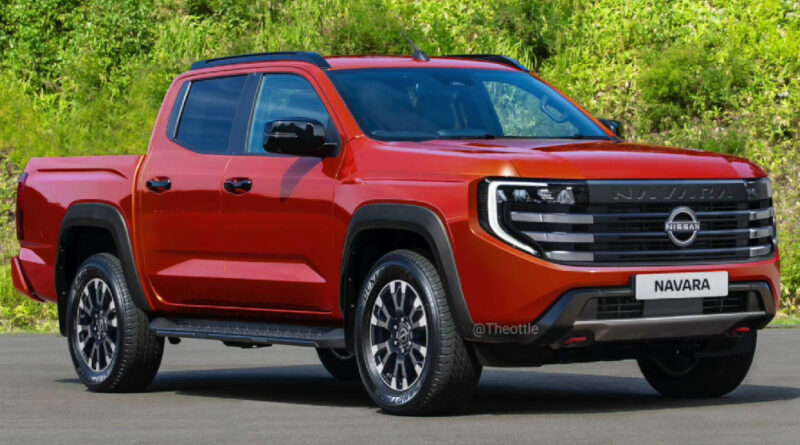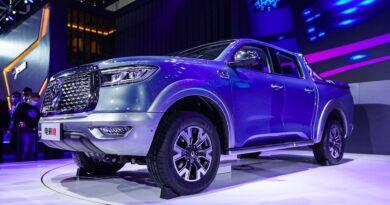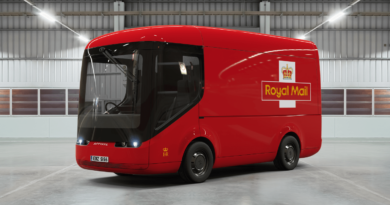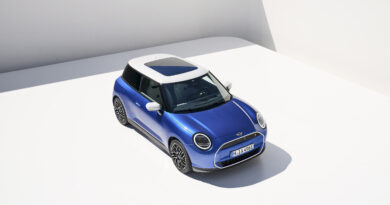Are diesel’s days numbered? All-new Mitsubishi Triton and Nissan Navara to score plug-in hybrid petrol powertrains as Toyota RAV4 Hybrid outsells HiLux and Ford Ranger in Australia
The days of diesel being a force in Australia’s always-booming dual-cab ute market appear to be coming to an end, with two household-name utes to switch to plug-in hybrid petrol power in their next generations, joining the top-selling Ford Ranger in adopting electrified power.
The two utes in question are the Nissan Navara and Mitsubishi Triton, with the two workhorses being jointly developed thanks to the Mitsubishi, Nissan and Renault Alliance, which sees the manufacturers share platforms and technologies to save costs.
Which is why confirmation that the new Nissan Navara would adopt plug-in hybrid technology from Mitsubishi means both utes will share a PHEV powertrain.
READ MORE:
The news arrived courtesy of Nissan’s Chairperson of the AMEIO Region, Guillaume Cartier, who told media the next-generation Navara was being developed alongside the Triton, and would eventually scrap its diesel power plant in favour of a new PHEV powertrain.
In fact, Mr Cartier outlined a three-step process for the new ute, which would begin with a (likely carryover) diesel engine, before stepping to a plug-in hybrid powertrain, before finally ending up as a fully electric BEV offering.
The latter would likely require the roll-out of solid-state battery technology, but the “game-changer” development might be closer than you think, with Nissan to commence a pilot program this year.
“We are dealing with the regulatory aspect, to understand whether it will be passenger vehicle or SUV and how pickup will qualify within that. Which is in discussion,” Mr Cartier says.
“We need to answer the regulation, but we need also to answer the customer. The way the pickup is used in Australia is totally different than elsewhere. Because some are using it for work and some for leisure.
“So we need to make sure that if we electrify, how we electrify. I think it will be a two-step approach, first with a PHEV solution, then later on with EV. That will be the two-step approach.
“That’s what we’re looking at, but first it will be with a diesel approach.
“On the first (PHEV) one we are with Mitsubishi, but the next one we are looking at. Because there is also technology we have in-house, which is solid-state battery, but that will take time. We are piloting at the end of 2024, but that is really the game-changer. If this technology is as successful as we believe, we can electrify cars that are today unable to be electrified.”
The Navara and Triton PHEV would join the just-revealed Ford Ranger plug-in hybrid, which we now know will pair a 2.3-litre turbo-petrol four-cylinder and 75kW electric motor with a 11.8kWh battery pack mounted under the tray. We don’t yet know what the Ford will cost, exactly how much power it will produce, or how far it will travel on electric power alone.
The incoming BYD Shark 6 is another plug-in ute option, which gets a larger 29.5kWh battery that is claimed to give the Shark 6 up to 80km of electric-only driving range.
Toyota, too, has confirmed it is working on a plug-in hybrid system for its HiLux, with the brand targeting a 200km-plus EV driving range. Details and launch timings are still some way off being confirmed.
All this action is happening against a backdrop of seemingly changing tastes in Australia, at least over the past couple of months, where the once untouchable Ford Ranger and Toyota HiLux both saw sales fall in September.
The HiLux recorded some 4313 sales in September, down 25.3 per cent from the 5776 it managed in September 2023. The Ranger found 4485 customers, down 17.4 per cent on the 5429 it managed in the same month last year.
The Toyota RAV4 Hybrid SUV climbed to the top of Australia’s sales charts, with its 5182 sales in September up a huge 85 per cent on its September 2023 totals – though a backlog of orders has no doubt impacted that number.
All up, plug-in hybrid sales were up nearly 90 per cent in September compared to the same month last year, while total diesel sales fell by more than 12 per cent across the same metric.





Up 90 % from ? 10 units, 100?
And diesel down 9% from 10.000, 100.000. ?